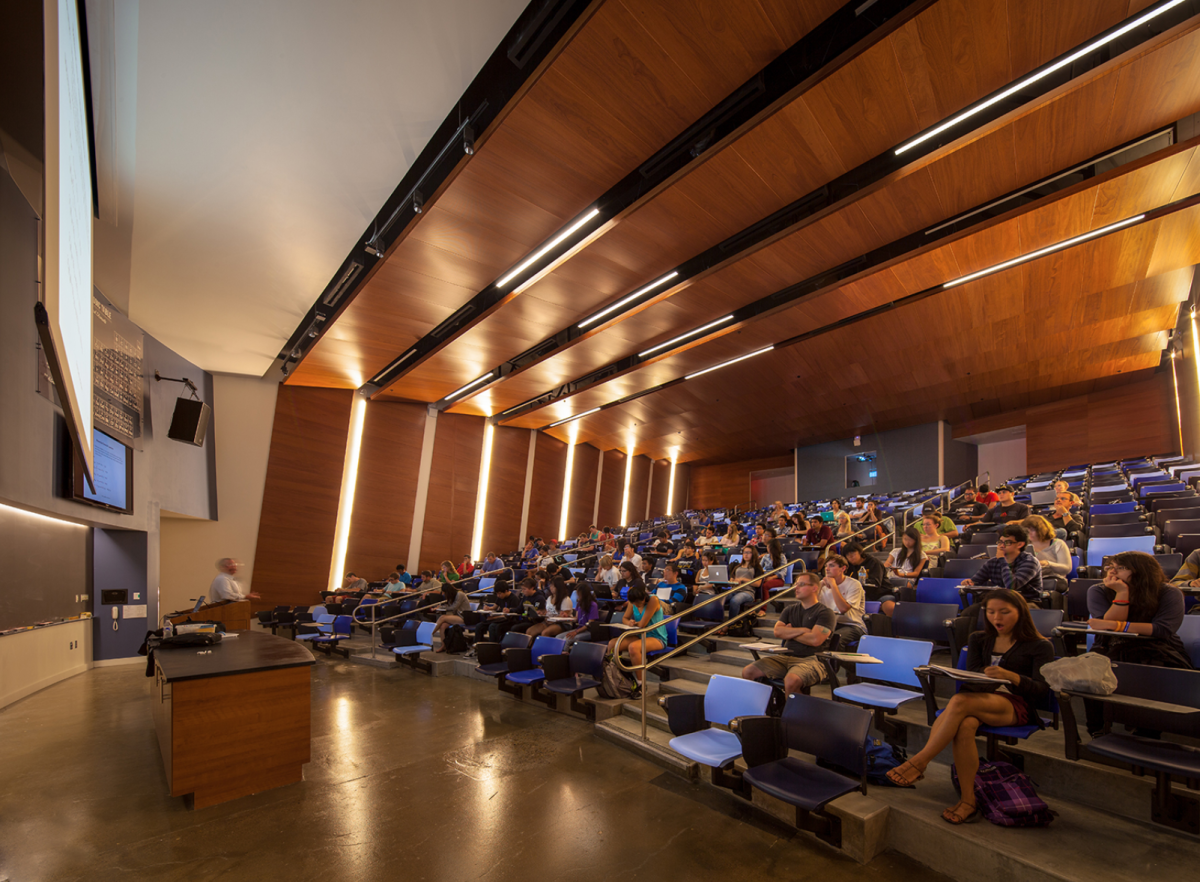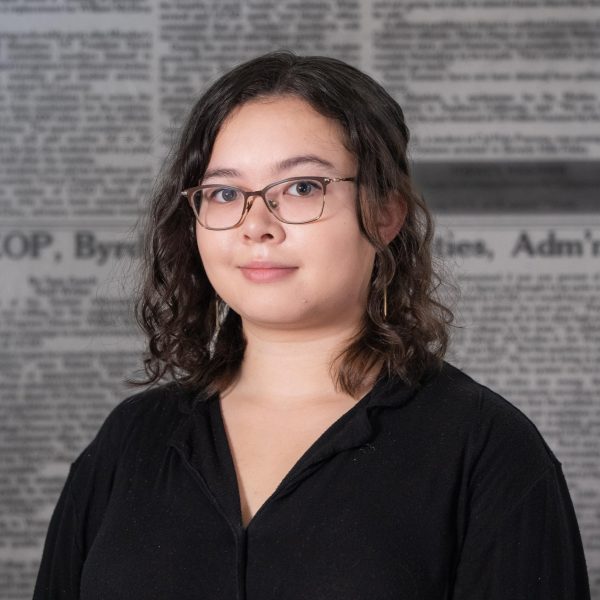The arrival of the UC San Diego schedule of classes always prompts campuswide discussions of enrollment pass times, prerequisites, and waitlists. For many students, it’s become a common occurrence to worry about what classes they may or may not get into.
Seventh College junior Chanta Chea expanded on this fear.
“Especially with my later enrollment time, it does worry me that I won’t get into certain classes,” she said. Many classes required for Chea’s major aren’t offered every year, adding extra pressure each year closer to graduation.
Sixth College junior Kate Oltman said that it’s difficult to create a viable schedule in general.
“I have to be able to find classes that, one, I need to take, two, are being offered, and three, are still available, and then once you get to that, my schedule for the week is usually kind of a nightmare,” Oltman said. “I’m going to campus every single day, and especially since I live off campus, commuting is just not ideal.”
Oltman added that it’s usually difficult for her to assemble her schedule. Addressing graduation requirements while balancing class and finals times makes scheduling a stressful time period. Because of her workload and scheduling difficulties, Oltman doesn’t believe she’ll be able to graduate in just four years.
“I know a lot of people who are also in [the bioengineering] major are working outside of school,” Oltman said. “One of my lab partners is doing a wetlab kind of research and I know he’s up until 5 a.m. a lot of days. So, it’s really hard to be able to manage having enough time to do all of your classes and do everything else outside too and graduate in four years.”
Although many students struggle to build the correct schedules to meet their requirements, professors, too, face the challenges of balancing individual and departmental preferences.
Professor Ameeth Vijay, director of undergraduate studies in the literature department, shares what it’s like to build a class schedule.
“We try to maintain a balanced schedule, so there are an equal number of courses and courses that students need in each quarter,” Vijay said, “but, yeah, it’s really hard to do that.”
Vijay explained many complicating factors that make it difficult for faculty to create the ideal schedule: professors’ preferences, new hires and unexpected leaves, timing, course variety, and, notably, affording teaching assistants.
“Basically, there are these areas that tend to get higher enrollments, and then for those courses, we can choose a TA to help staff them,” Vijay said, noting that TAs are hired for the whole year rather than on a class-to-class basis. However, Vijay commented that it can be difficult to hire as many TAs as his department would want.
“It says we need a certain number of enrollments for X number of teaching assistants, but it doesn’t actually give us that much funding,” Vijay said. He noted that after the UAW strike, with the new contracts, the university hasn’t increased funding enough to hire the required number of TAs.
“It’s actually kind of a really thorny issue,” Vijay said.
Managing the teaching assistants and the preferences of professors is only part of the equation. Vijay revealed the most difficult part of the scheduling process for faculty: gauging student interest.
“Are you a major in the department, or does this class count for a college requirement? Does it account for a requirement in some other programs? Is it your interest? Is it just the right time slot for you?” Vijay questioned. “What are the major things that draw student interest? I think we have not a very great idea what the major and less major factors are.”
Chea described her reasoning behind picking classes.
“Usually it is a ‘works with my schedule’ thing, at least with my [visual arts] classes, because, like I said, it’s usually only offered once a year and there’s usually only one professor, so I can’t be too picky with those,” she said.
For Chea, though, there’s another concern when it comes to organizing her schedule: safety.
“I take public transportation, and I’d rather get back to my apartment before the sun goes down,” Chea said. “I had to pass up a lot of the evening classes because I personally don’t feel comfortable commuting that late.” Chea reported that most visual arts classes are in the evening, eliminating many of her options when trying to create a suitable schedule.
Vijay noted that professors don’t have control over exact course times, either. “For that, faculty just submit our preferences to the university and then they tell us what our schedule is, basically,” he said. “So we don’t really have a lot of autonomy over that.”
Even once ideal schedules are planned out, students must actually enroll in the classes they desire. That happens through the WebReg website.
“It’s like if Ticketmaster was for courses,” Oltman quipped. “You have to constantly watch the time, and it always takes a minute or two to update and say, ‘hey, you’re good to put in your classes now.’ And then by that time, all your classes are already gone because everybody else has been spamming and sitting and waiting and hoping and praying that they get their classes.”
Availability of course seats is an issue for many UCSD students. In an attempt to combat the complete absence of classes for those with later enrollment times, UCSD implemented its two-pass enrollment system.
In the two-pass enrollment process, students have two different assigned scheduling times, during which they can sign up for a limited number of units. Waitlists do not begin until the second pass, and pass times are determined by number of credits completed.
According to an interview with the Office of the Registrar, UCSD began its two-pass enrollment system in May 2012, and other campuses, such as UC Merced, have modeled their systems after UCSD’s.
“I get it conceptually, so it’s not like people who have the earliest pass times can just grab all the classes and then they’re just guaranteed to be gone,” Oltman commented. “It’s just really annoying to keep track of multiple times that you have to schedule your classes, and then it’s kind of disheartening watching it between your first pass and second pass, watching all the classes you need get taken up because you can’t waitlist until second pass.”
Chea mentioned struggling with the unit limit on second pass in regards to waitlists.
“It’s hard to decide if I should waitlist in the class that is my first choice and kind of play a lottery with that, or just use my units for a class I know I’m going to get into but I might not enjoy as much,” she said.
Scheduling is a combination of many individuals’ and departments’ efforts as factors like timing, interest, availability, and funding struggle to find a balance. As Vijay put it, “It’s a very inexact science.” Still, students and faculty alike strive to create functional plans for graduation and student success across departments.















